(original text language – English)
Now it’s time to get closer to the most known types of sound synthesis.
SUBTRACTIVE SYNTHESIS
Among all the other, this one is probably most common and first sound synthesis, also because is related to the famous Moog modular synthesisers which were popularised at the end of 1960′. The “raw” rich audio signal that comes from the oscilloscope(s) on its way to the loudspeakers is processed by removing of part of its harmonics, volume and envelope . Harmonics are frequencies that accompany to the basic frequency which is equal to the pitch of the sound. Those harmonic additional frequencies are called harmonic overtones.
You can imagine a block of wood that is modelled by a sculptor and in effect different form you get. By analogy this is more or less the same. Applying filters, envelopes and attenuators, the original sound takes in result different forms, sometimes quite far from the original one. And yes, this is very correct word – ‘forms’, as we are speaking about waves’ forms here. For example: if you have a rich harmonically sound and you apply a low pass filter you only get the part of the sound without some fraction of its high frequencies part of harmony.
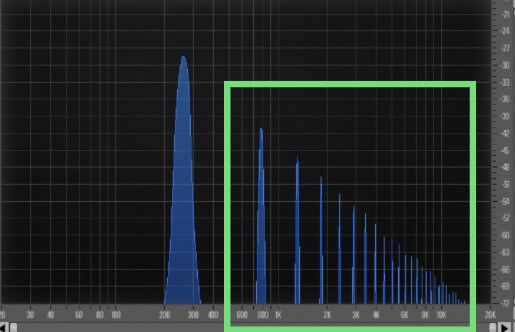
Source of the picture: https://routenote.com/blog/subtractive-vs-additive-synthesis/
Note on the side: I’ll write later a separate post about waves, frequencies, oscillators, filters and such stuff.
ADDITIVE SYNTHESIS
This type of synthesis was (and is) also popular in analog and modular era, however it works just opposite to the subtractive one. It requires a number of oscillators – or better say waves that could be layered one on the other. Especially sine waves are good to explain how this synthesis works, however any other forms of waves are applicable. Having one sine (audible) wave with certain pitch gives us a continuous soft (and boring after while) sound. If then other (audible) waves are layered with different frequency more interesting and complex sound in final we get. As described by Curtis Roads, “additive synthesis is a class of sound synthesis techniques based on the summation of elementary waveforms to create a more complex waveform.” (Curtis Roads, 2012, p. 134)
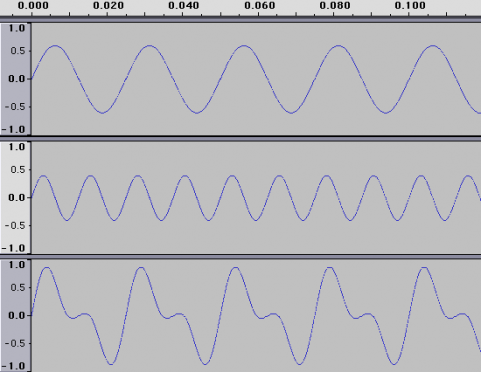
On the picture above it is visualised how two sine waves (1) and (2) get layered where in result more complex wave (3) is obtained. Two oscillators were used for this exercise.
(source of the picture: https://unison.audio/subtractive-synthesis/)
FREQUENCY MODULATION (FM)
Defined in late 60′ Frequency Modulation synthesis became famous thanks to Yamaha and its top sell success synthesiser DX7, which was the first wide popular digital FM synthesiser.
There are similarities to additive synthesis, but in stead of layering audible waves, we face with one (or more) wave created by oscillator called ‘carrier’ and other oscillator called “modulator’. The carrier produces audible wave, when modulator wave usually oscillates below audible range (below 20Hz). That means, that we can hear only audible wave, but affected by the modulator wave. In result we can achieve new harmonic waves called sidebands. Interesting is their mathematical relation. Where carrier is in an integer multiple of the modulator’s amplitude, we receive nice harmonic sound. In case of non-integer multiple amplitude, non-harmonic (but still interesting) sound is created.
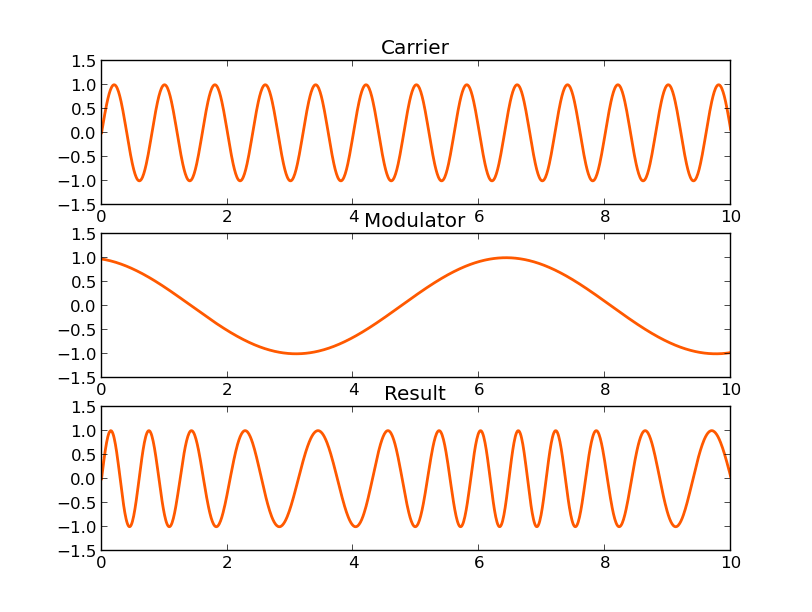
Source of the picture: https://cymatics.fm/blogs/production/fm-synthesis
Of course the complexity of the sound using FM synthesis is far more advanced with variety and numbers of waves used than in this simple description.
This type of synthesis was widely used in the first digital oscillators and digital instruments that flood the market in 80′.
WAVETABLE SYNTHESIS
It took me a while before (hopefully) I understood the idea back this synthesis. Wavetable synthesis is based on… wavetables. It is strictly tighten to digital part of the synthesisers’ world. Wavetable synthesis sometimes is called sample-based synthesis because wavetables are based on audio samples. Oscillators are replaced by tables of waves or better to say wavetables play the role of oscillators (in loop cycles) originally set and organised by the instrument producer. One wavetable may consist of many waves. (Blofeld synthesiser offers 64 waves in one table). Those wavetables might be used as frames and be set together creating “floating” complex and interesting sounds. Quite similar to frames in the movie where one frame differ to the previous of some details and put together create movement. The wavetable has not a constant, stable form but is fluctuating in time (in the frame of its cycle). Applying different wavetables together and modulating them in playback result with new evolving sounds.
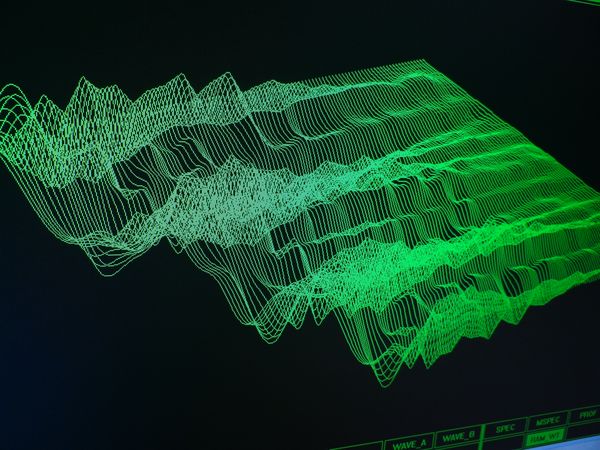
Source of the picture: https://markmoshermusic.com/2015/07/29/intro-to-loading-custom-waldorf-blofeld-wavetables/
GRANULAR SYNTHESIS
Originally I planned to focus only on 4 basic or most popular types of synthesis, but couldn’t resist not to mention about one more type of synthesis. Because it …. sounds intriguing 😉 – granular synthesis. But also because it became quite popular in recent time thanks to its nature. This kind of sound synthesis is purely digital and based on samples of the sound (however first experiments were made on analog synthesisers and tape recorders, later implemented into the digital world showing fully its capabilities).
The idea behind this synthesis is to break a sound sample into the microscopic tiny parts called grains (usually between 1 and 50 ms) and manipulate with each grain separately applying filters, envelopes and changing it position in the sample.
Granular synthesis is recommended for those looking for new, unheard sounds, for sound designers and media/game music producers.
Here is a graphical example of the granular synthesis. Micro-samples (grains) are taken from whole sample and put together creating new synthesised sound.
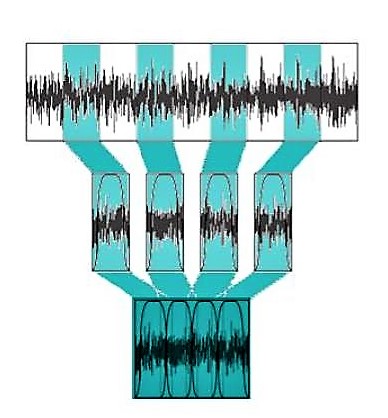
Source of the picture: https://soundtraining.com/synthesis-a-basic-understanding/#:~:text=The%20process%20of%20creating%20sounds,waves%20using%20instruments%20and%20loudspeakers.
And this is more or less it. Sound synthesis and its tools – synthesisers, revolutionised music world for ever. Born in the sound laboratories, invented by scientists, now assisting us every day when listening favourite music on our media players like home music systems, mobile phones and computers in most of music works.
